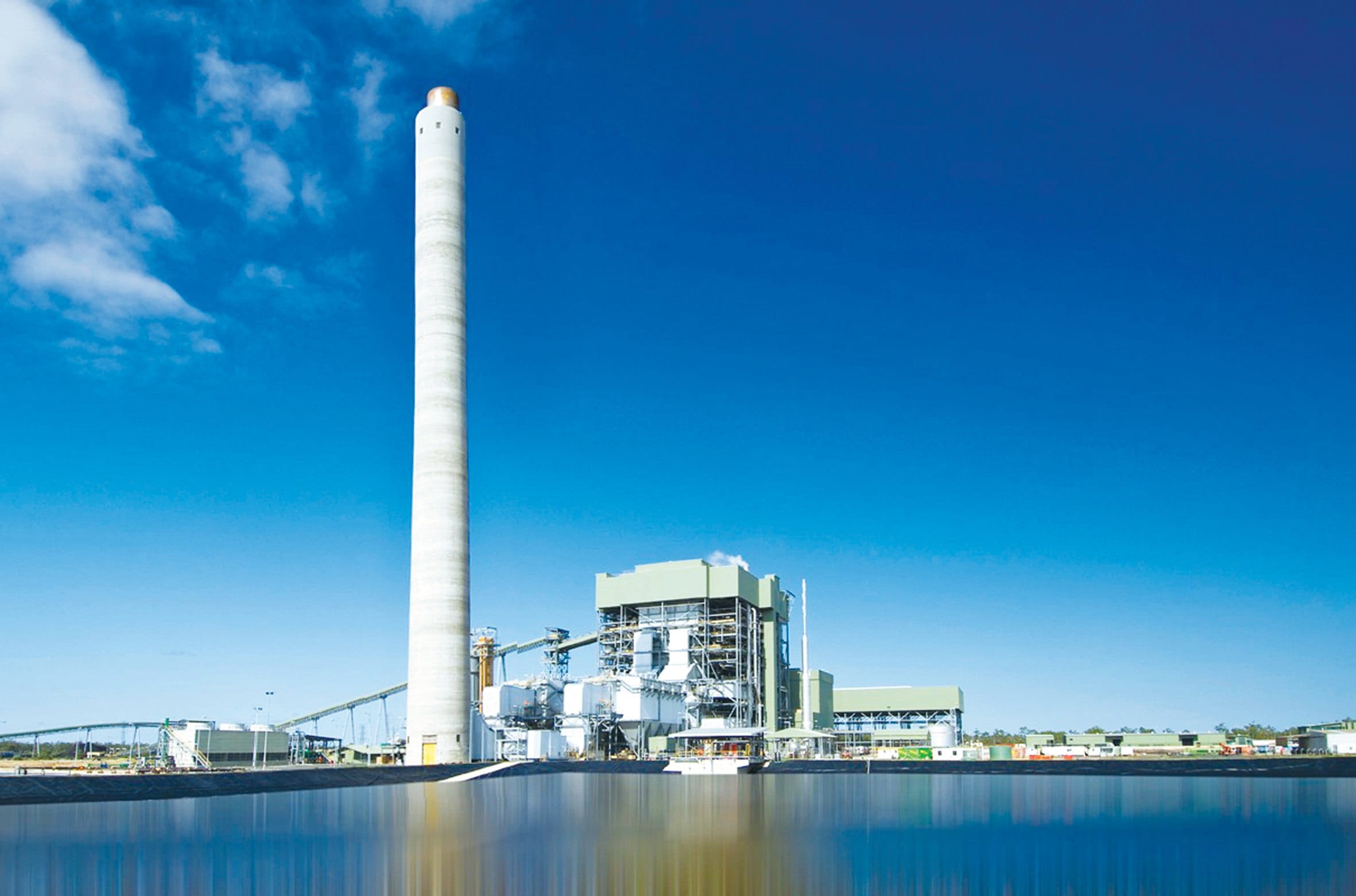Australian electricity markets are likely to be capped again – as early as Thursday – as the soaring cost of fossil fuels and plant outages once again caused electricity prices to spike.
The market focus is on Queensland – the state with the heaviest dependence on coal generation and the smallest share of renewables – and where prices have risen the most in the past week.
The average price over the past week – calculated over 2016 successive pricing intervals – has soared to more than $1.2 billion, and is poised to breach the (newly raised) automatic trigger level of $1.398 million.
That represents an average price of more than $693/MWh, highlighting the fundamental breakdown of a system that used to see these prices as an evening peak, not a daytime average.
The Australian Energy Market Operator advised on Tuesday that available supply was little more than demand on Tuesday, when it declared a “lack of reserve 2” – and announcing it would trigger its reserve trader mechanism to ensure the lights stayed on.
Queensland was the first state into the price cap early last month – largely because it is the most exposed to coal and gas generation – and it looks like it will be the same again, particularly with prices reaching the new market cap of $15,500/MWh on multiple occasions on Tuesday morning.
Queensland is most exposed because it has less than 20 per cent renewables, and in the last week has averaged just over 12 per cent renewables, leaving it exposed to fossil fuel pricing, even in the middle of the day when rooftop solar provides some relief.
Much of its coal fleet is also out of action. Called C is not functioning, because one of its generators exploded last year, and there are two units out at Gladstone, and other units out at Milmerran, Stanwell and Callide B.
But other states are not far behind, according to this graph above from Dylan McConnell from the Climate and Energy College, and any concerted jump in prices – driven by gas generators at times of high demand – will surely push those markets over the trigger point again.
The question will then be over the behaviour of generators under the $300/MWh price cap, and the withdrawal of capacity that forced AEMO to suspend the market, and effectively force to direct nearly every generator into the market as it did last time.
AEMO and other regulatory authorities have reminded coal and gas generators of their obligations to the market, but it remains to be seen whether they will again seek to arbitrage the two compensation schemes, or claim “fuel supply” shortages as they did last time.
See also: Small retailers issue plea for help as fossil fuel price surge claims another victim











